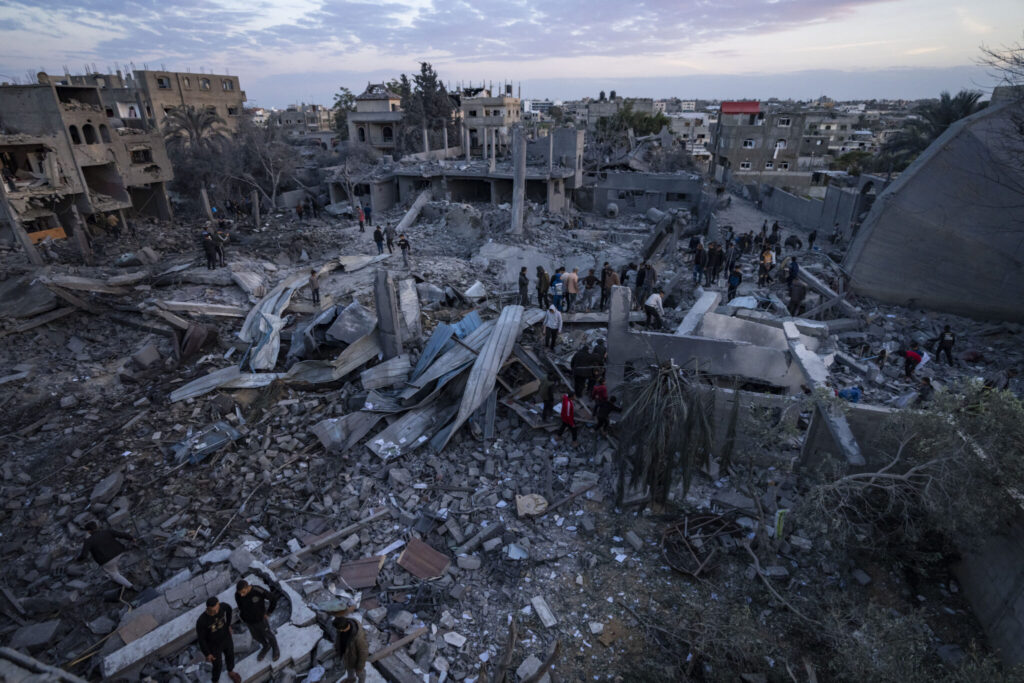Efforts to reach a new cease-fire between Israel and Hamas appear to be gaining steam. Egyptian and U.S. officials confirmed this week that they are actively pursuing ways to halt a war that has raged for over 110 days. An Egyptian official said that Israel has presented a proposal for a pause in fighting, while the White House said it dispatched a senior envoy to the region for consultations with Egypt and Qatar.
Quick Read
- Cease-Fire Efforts Gaining Momentum:
- Egyptian and U.S. officials are actively working to halt the war between Israel and Hamas, ongoing for over 110 days.
- Israel proposed a pause in fighting; the U.S. sent a senior envoy for regional talks.
- Terms of Potential Deal:
- Must include a pause in fighting, an exchange of hostages held by Hamas for Palestinian prisoners, and significant humanitarian aid for Gaza.
- However, reaching an agreement acceptable to both sides remains challenging.
- Background and Current Situation:
- War began after Hamas’ cross-border attack on Oct. 7.
- Israeli offensive resulted in heavy casualties and displacement in Gaza.
- Previous one-week ceasefire in late November partially successful, but fighting resumed.
- Demands of Each Side:
- Israel wants all hostages and remains of deceased returned; aims to continue fighting until its objectives are met.
- Hamas demands the release of all Palestinian prisoners and the end of Israeli offensive and withdrawal from Gaza.
- Proposed Solutions:
- Various proposals discussed, but disagreements persist over ceasefire duration, hostage release, and prisoner release terms.
- Israel suggested a two-month ceasefire with conditional hostage and prisoner exchange; Hamas rejected this.
- Role of Mediators:
- Egypt and Qatar attempting to bridge gaps with a multistage proposal.
- U.S. envoy in talks for a “humanitarian pause” involving a hostage deal.
- Outlook on War’s End:
- Israeli Prime Minister expects the war to last through 2024, aiming for a “final victory.”
- Public support in Israel remains strong but may waver due to the prolonged conflict and casualties.
- Impact and Public Perception:
- Sustained ceasefire could hinder resumption of fighting and expose the extent of damage in Gaza.
- Israeli casualties and slow progress may affect public support for the war effort.
The Associated Press has the story:
Cease-fire efforts for Mideast war gain steam. But a deal still appears elusive
Newslooks- (AP)
Efforts to reach a new cease-fire between Israel and Hamas appear to be gaining steam. Egyptian and U.S. officials confirmed this week that they are actively pursuing ways to halt a war that has raged for over 110 days. An Egyptian official said that Israel has presented a proposal for a pause in fighting, while the White House said it dispatched a senior envoy to the region for consultations with Egypt and Qatar.
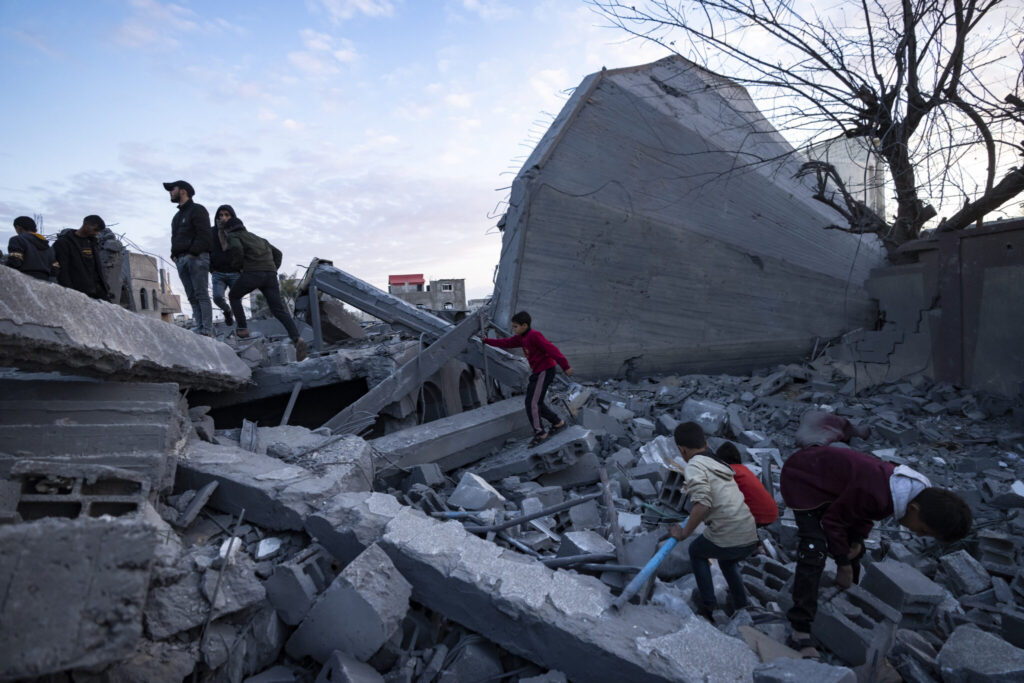
Any deal would have to include a pause in fighting, an exchange of hostages held by Hamas for Palestinian prisoners held by Israel and large quantities of desperately needed humanitarian assistance for the war-battered Gaza Strip.
But finding a formula acceptable to both sides has been elusive. The gaps between Israel and Hamas remain wide, and the chances of an agreement anytime soon still appear slim.
“There are contacts all the time but they have not yielded results,” said an Israeli official, speaking on condition of anonymity because they were discussing behind-the-scenes negotiations. “There is a long road ahead.”
Here is a closer look at the cease-fire efforts:
AN INITIAL DEAL
Israel declared war following a surprise cross-border attack by Hamas on Oct. 7 that killed 1,200 people and took 250 others hostage. An Israeli air and ground offensive has since left over 25,000 Palestinians dead, displaced an estimated 85% of Gaza’s population and caused widespread destruction and humanitarian suffering, according to local health officials and international aid agencies.
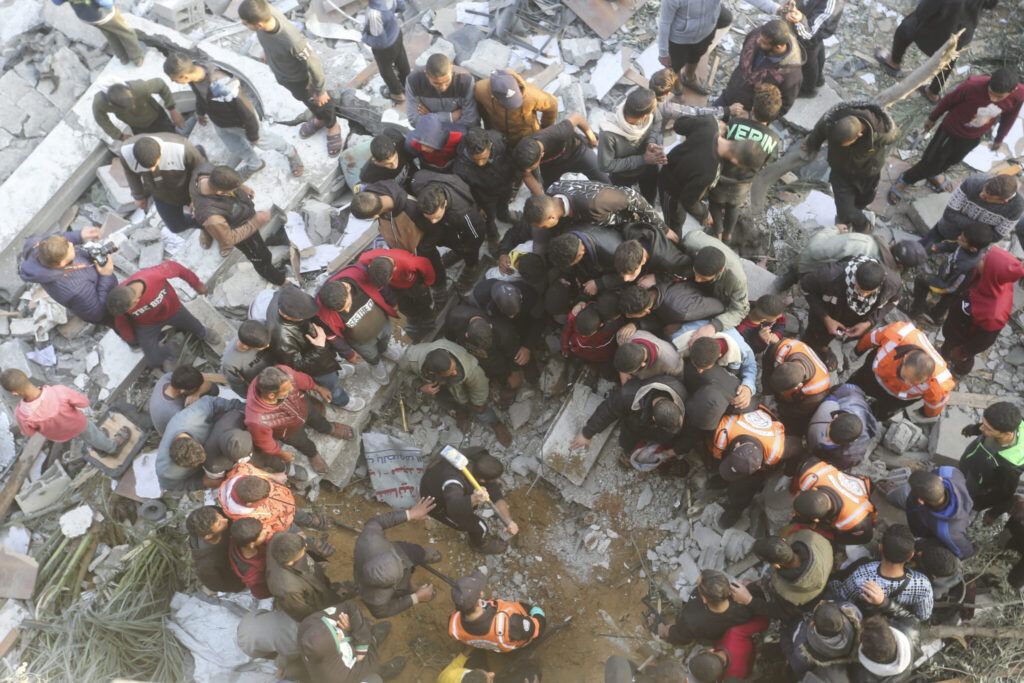
Israel has vowed to press ahead until it destroys Hamas’ military and governing capabilities and frees all hostages.
In late November, the sides agreed to one-week cease-fire. Hamas released over 100 of the 250 hostages it was holding, mostly women and children, while Israel freed 240 Palestinian prisoners.
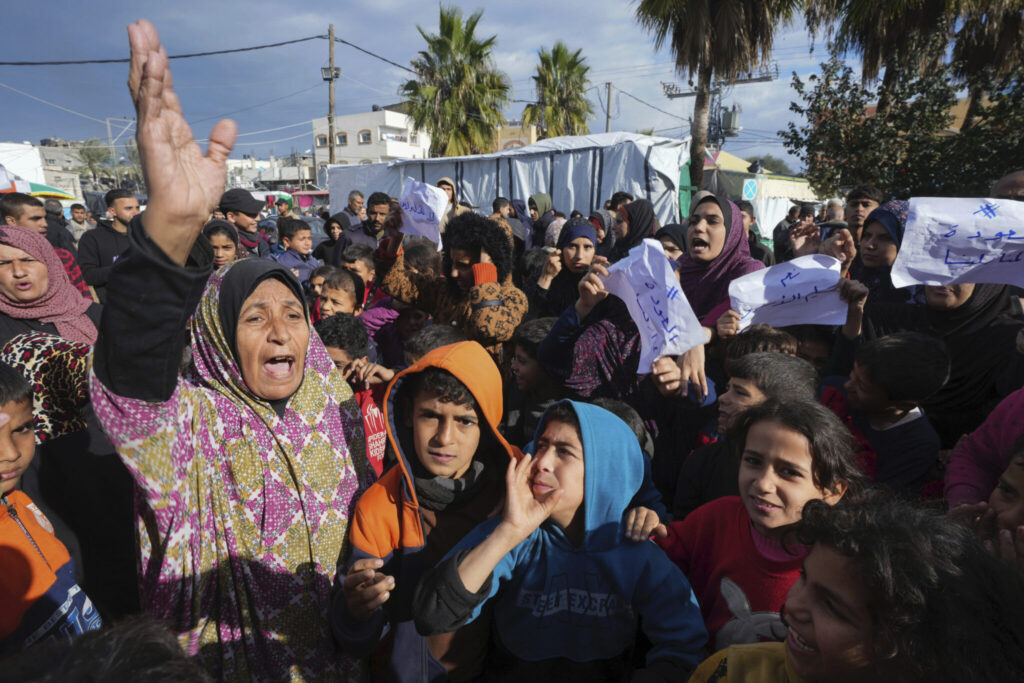
The sides blamed each other for the failure to extend the deal, and fighting has worsened since then.
WHAT DOES EACH SIDE WANT?
Israel believes Hamas is still holding about 110 hostages, in addition to the bodies of some 25 others who were killed on Oct. 7 or died in captivity. It wants all hostages and remains to be returned as part of any deal. Israel also is offering a temporary pause in fighting, but says it will continue the broader war until all of its goals are accomplished.

Hamas wants Israel to release all of the thousands of Palestinian prisoners it is holding. These include prisoners convicted in deadly attacks on Israelis as well as hundreds of Hamas militants who participated in the Oct. 7 massacre. It also wants Israel’s offensive to end and a permanent withdrawal of all Israeli forces from Gaza.
WHAT HAS BEEN PROPOSED?
According to the Israeli official, several proposals are floating around. But the sides remain at odds over the length of any pause in fighting, the pace of the hostage releases and the scope of any prisoner release.
A senior Egyptian official said Israel has proposed a two-month cease-fire in which hostages would be freed in exchange for the release of Palestinians imprisoned by Israel, and top Hamas leaders in Gaza would be allowed to relocate to other countries.
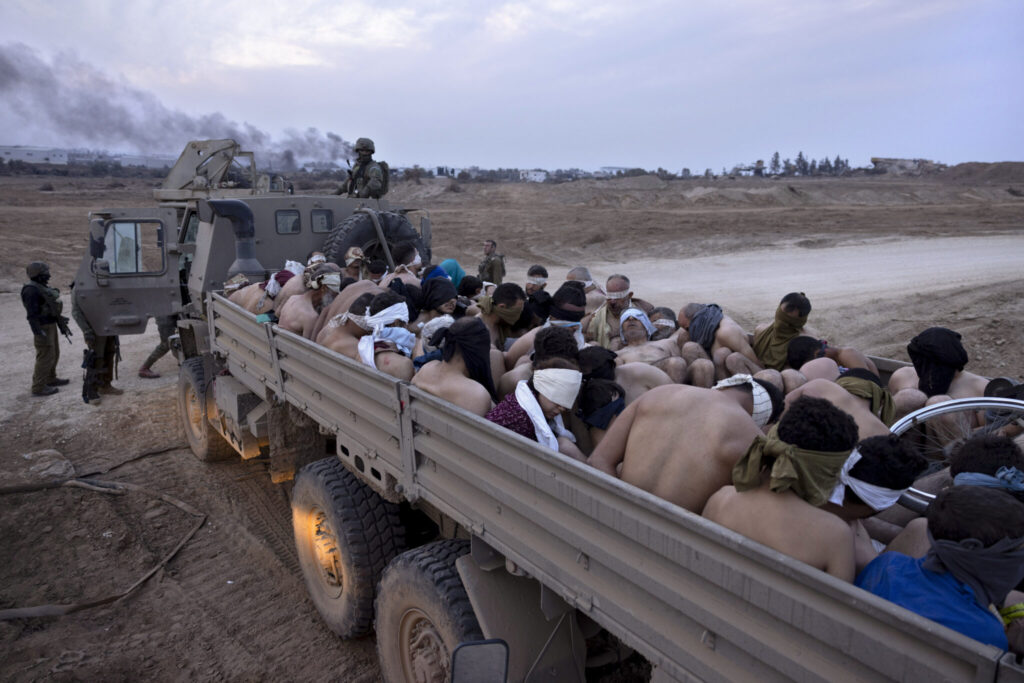
The official, who spoke on condition of anonymity because he was not authorized to brief the media, said Hamas rejected the proposal and insists no more hostages will be released until Israel ends its offensive and withdraws from Gaza. He also said Hamas’ leaders in Gaza do not want to go into exile.
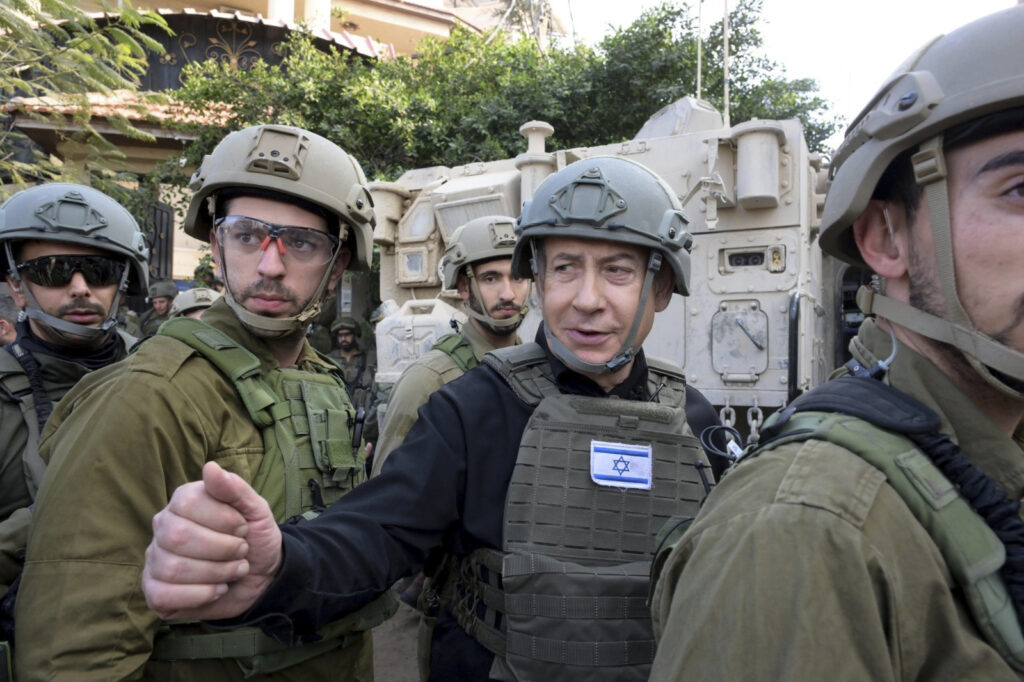
Israel’s government declined to comment on the talks.
Egypt and Qatar — which have brokered past agreements between Israel and Hamas — were developing a multistage proposal to try to bridge the gaps, the official said.
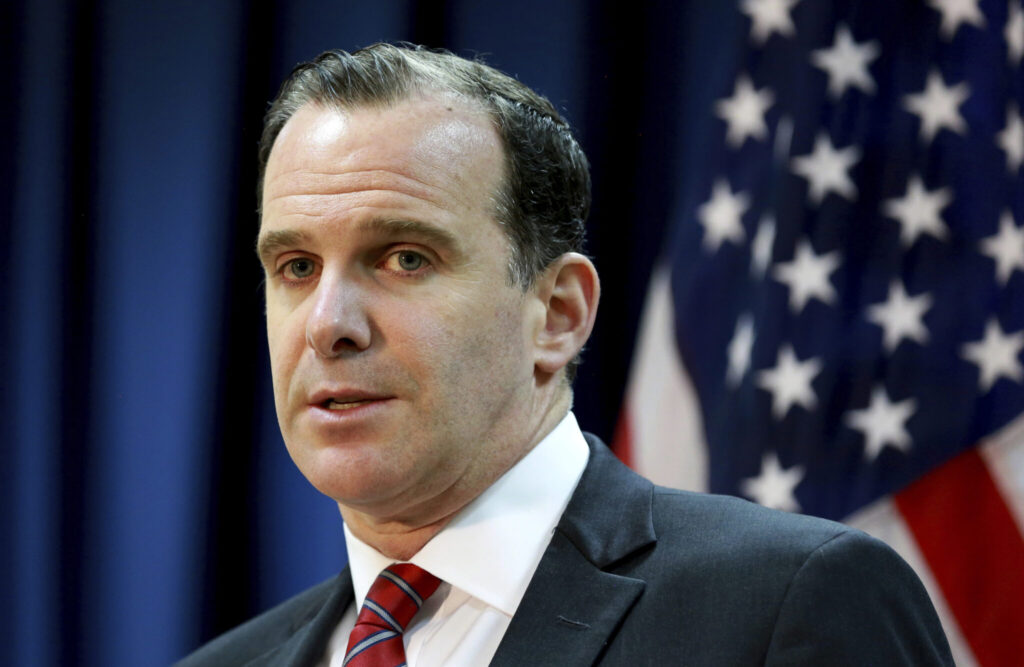
The White House’s national security spokesman, John Kirby, said Tuesday that a senior envoy, Brett McGurk, was in Cairo for talks on a “humanitarian pause” that would include a hostage deal.
“That’s definitely on the agenda,” he said.
McGurk continued to Qatar on Wednesday, Kirby said.
COULD A TRUCE BRING AN END TO THE WAR?
In the short term, that appears unlikely.
Prime Minister Benjamin Netanyahu has said Israel will continue with the offensive until a “final victory” achieves all of its goals. He expects the war to last throughout 2024 and has resisted calls from the U.S. and other allies to lay out a clear postwar plan for Gaza.
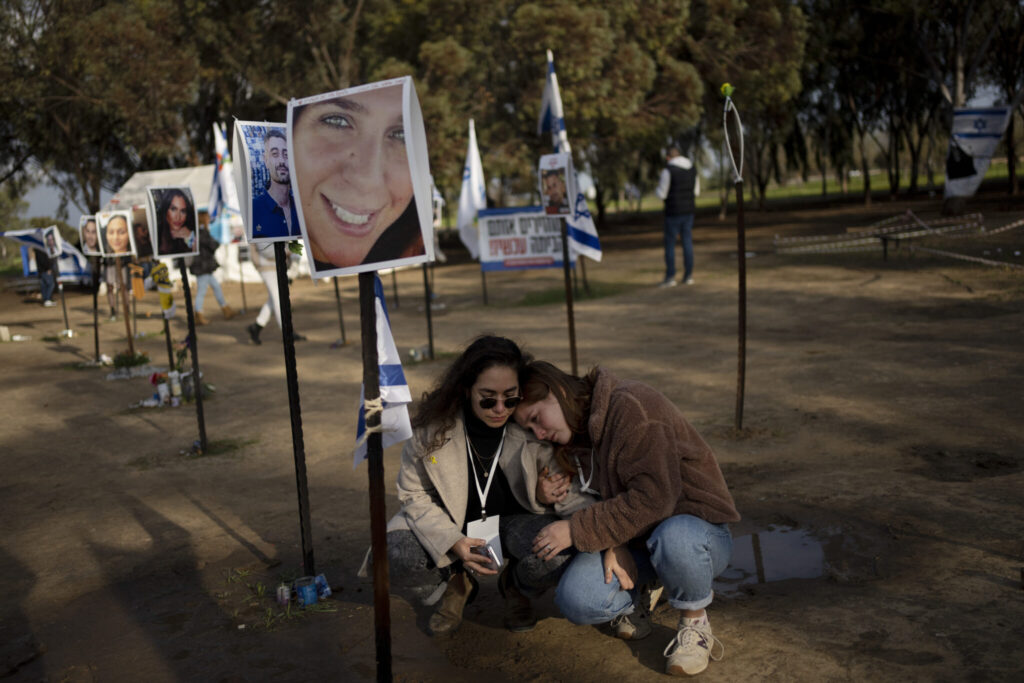
But a sustained pause could make it difficult for Israel to resume the fighting, especially as the world learns more about the full extent of the damage to Gaza’s people and infrastructure. Mediators also hope it could provide a foundation for further understandings between the enemies.
Israel’s public has overwhelmingly supported the war effort so far. But the slow pace of the offensive and mounting death toll of Israeli soldiers risks softening that support.
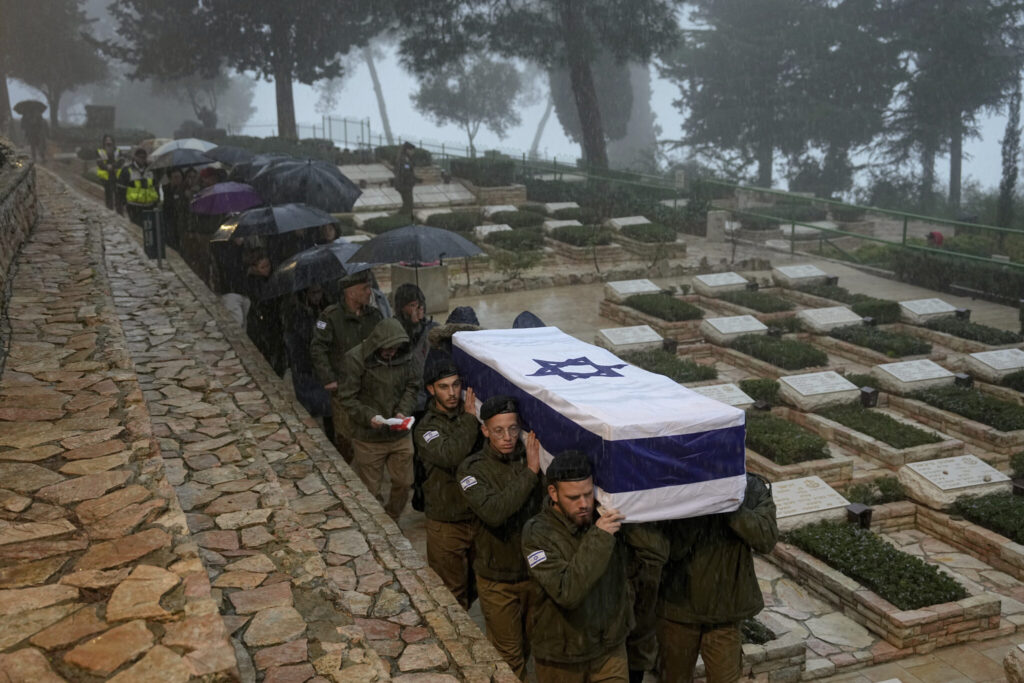
While Israel says it has killed over 9,000 Hamas militants, the group continues to put up fierce resistance. On Tuesday, Israel said 21 soldiers had been killed in an explosion in central Gaza. It was the deadliest single attack since Israel sent ground troops into Gaza in October.
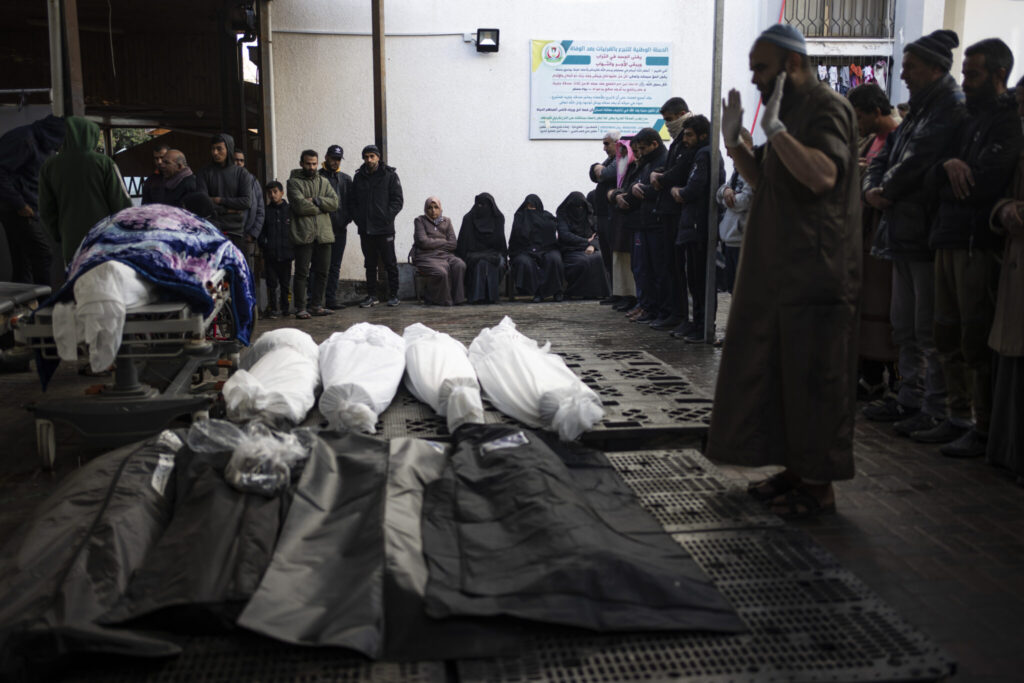
Nahum Barnea, a veteran columnist for Israel’s largest daily, Yediot Ahronot, wrote Wednesday that he believes the public remains in favor of what is seen as a just war, but that people are beginning to weigh the costs and benefits of the campaign.
“I don’t think that the number of casualties on Monday changed the degree of the Israeli public’s support for the war; but looking ahead, the price will begin to have an impact,” he wrote.

